Question for Our Revenue Management Expert Panel:
Are Revenue Managers updating prices too frequently or not often enough? Both pose risks, especially for last minute sales. When is the best time to update prices? (Question proposed by Nikhil Roy)
Industry Expert Panel
Our Industry Expert Panel exists out of professionals within the hospitality & travel Industry. They have comprehensive and detailed knowledge, experience in practice or management and are forward-thinking. They are answering questions about the state of the industry. They share their insights on topics like revenue management, marketing, operations, technology and discuss the latest trends.
Our Revenue Management Expert Panel
- Tanya Hadwick – Group Revenue & Yield Leader, SunSwept Resorts
- Chaya Kowal – Director of Revenue Management, Potato Head Family
- Krunal Shah – Cluster Director of Revenue, Dorsett Hospitality International
- Theresa Prins – Founder, Revenue Resolutions
- Daniel Feitosa – Revenue Management Specialist
- Silvia Cantarella – Revenue Management Consultant, Revenue Acrobats
- Heidi Gempel – Founder, HGE International Pte Ltd
- Edyta Walczak – Revenue Management Expert
- Heiko Rieder – Revenue Management Professional
- Massimiliano Terzulli – Revenue Management Consultant, Franco Grasso Revenue Team
- Mariska van Heemskerk – Owner, Revenue Management Works
- Nikhil Roy – Revenue & Pricing Manager, Key Hospitality B.V.
- Sandra Gannon – Commercial Consultant, Revenue Puzzle
- Pablo Torres – Hotel Consultant, TSA Solutions
- Sergio Sartori – Group Senior Manager Revenue, Ruby GmbH
- Ask Our Panel a Question
- Join Our Expert Panel
“I think this really depends on the market and the business mix; are you in a heavily dynamic market or a fairly static seasonal market? With a lot of the RMS, the algorithms are designed to take all the relevant data into consideration prior to updating pricing with the aim of maximising the revenue. When demand is strong and you are in a position to update pricing, assess the data when people are typically shopping and booking, understand the customer behaviour and adapt the pricing around these factors.
It also comes down to the forecast and potential peaks/troughs in the business; have you suddenly seen a decline in demand for a week that was anticipated to be busy? What could the potential reasons for this be? Do you price lead or follow in the market? In reality, the best times to price update are when you see an opportunity to maximise the revenue, whether that is dropping to secure incremental occupancy or increasing to maximise the ADR, all with the aim of exceeding the targets.”
“I would say that this depends on various factors and there is no “one fits all” approach to this. Some elements to consider here are: type of hotel, lead time, demand, how the consumer reacts to your changes in pricing (analysis and past data), etc. For a city hotel during a high demand period for example, you can change rates several times a day and you will see a great pickup. Try doing the same for a resort where people book at least 3 months in advance, and it won’t really make sense!
Being on top of current happenings in the area where the hotel is located is another important aspect. For example, there might be a big event in a nearby area and the hotels get sold out. So the demand will shift to your area for example. It also depends on how you are managing your inventory for last minute sales and LRA for example.
I would not say that there is an “ideal time” for price updates. It is also important to know your guest behaviors like day of the week, time of the day, conversion, search traffic etc., and this will help a Revenue Manager to adopt the correct strategy for the type of hotel that they are managing.
There is definitely the risk of revenue loss, but I would say that calculated risks are also part of effective revenue management.”
“Depending on the requirement of the property and the location they are in, price changes become an integral part of a Revenue Manager’s role. If the property has a lot of competitors around their area, frequent pricing updates happen due to the continuous live rate shop of comp sets. In some countryside hotels/resorts, prices are changed not too frequently.
I would rather disagree with the risk of losing revenue for last-minute sales. Primarily RM’s have to construct base occupancy for future months in order to gain incremental rates on last-minute sales. Comp Sets normally follow or benchmark certain top-performing properties. They don’t check if their pricing is relevant to the amount of occupancy they have On The Books. This leads to some properties performing above their fair share and some performing lower than their fair share.
Rate Changes or pricing updates need to be done after the daily pick up report is released every morning. This is the best time for any price changes as it gives you the opportunity during the day to monitor the bookings coming in or even wash.”
“The demand and pace of your property will determine the frequency at which you update rates. It is important to wait enough time for demand to move or remain stagnant before you change the pricing strategy to a new level, but also wait enough time for demand to get traction at a specific price point. Your on-the-book demand will also determine the frequency.
If you are running a last-minute deal and it is selling well but you have 60% on the books, you might want to wait before you start increasing this until you have at least 80% on the books (as an example), but if you have a last-minute sale and it is topping up the last 20% of your capacity, you may want to stay on top of this price point and amend it more often. In my normal daily tactical tasks for a busy CBD property, I will review rates not more than 3 times a day.”
“It ultimately depends on what tools the RM has access to. When done manually, I know that we can’t do it properly; the RM is always in doubt if it could be better and be questioned about that.
That’s why I believe it is a matter of test and result analysis, which can be done in the right way with an RMS or very efficient tools where you can apply different strategies, compare results and understand gains and losses.
Last-minute sales are also a very good point and can be very tricky. That’s why I recommend that RMs can propose a meaningful test strategy aligned with the decision-makers of the hotel. Hotels need to have a strategy that makes sense for this.”
“I don’t believe that too many or too few price changes is something we can judge on. I believe in what makes sense based on the demand conditions, trends and forecasts. During the pandemic, some suggested that it would be “wise” to keep the price stable in order not to confuse the customer. I think this is a false myth – of course in low demand you probably might not need to change prices every day, but still, as the demand is volatile, you need to be prompt and flexible in your pricing.
I also think there are not any best timings to update your rates, or there might be if you are overdependent in one market that has a different time zone but that is a really borderline thing. I remember in the 2008 crisis with the US market, some hotels dropped the pricing right before the US started to book (based on their time zone). But again this was 2008 and right now we can hopefully leverage advanced RMS systems that adapt in real-time based on demand, let’s just leverage that.”
“Rates should be changed according to demand. The deeper the understanding of the revenue manager on demand and pace patterns, the better he/she will be able to set their strategy. This should also take into consideration the operational implications (system changes and other guest-facing teams)
Hotels with a lot of last-minute demand should consider front office upselling strategies, room type availability when building the pricing strategy for the day as well as reviewing the hourly demand throughout the day. Routine rate strategy checks should be done 2 to 3 times during high demand days and more often if unusual activity is noticed.”
“Hotel pricing is determined by a combination of many factors like location, season, reputation and facilities but also some very dynamic factors like newly announced events or even weather.
There is no perfect recipe as to when and how other rates should be changed, as it often depends on the property’s business mix and the market it operates in. For instance, an airport hotel may need to look at their pricing several times throughout the day, given there is strong last-minute demand driven by flights delays and cancellations (due to the bad weather for example).
Business district hotels often rely on static corporate contracts and allocation, so sudden changes in demand might be less likely. Hotels located close to event venues and convention centres are prone to sudden spikes in demand when an event gets announced or tickets for a concert go on sale. Dynamic pricing involves regular daily checks and pick-up analysis, to assure rates are updated allowing the hotel to maximise the rate opportunity.”
“There is a differentiation to be made for hotels using RMS for price updates and those operating manually.
Simply speaking, for hotels without a revenue management system, the number of rate updates per day for public, dynamic rates mainly depends on the dynamic of the marketplace of the hotel. In some instances, for example, when a larger group was converted, hotels may decide to change for that day the defined price positioning in the competitive set. For manual revenue management operations and depending on demand compression, one or two rate (and restrictions) reviews per day for 90 days ahead seems reasonable. Furthermore, there needs to be a process in place to also update rates further out for days with new group conversions or for those where new citywide events have been announced.
Hotels with RMS have way more data to build their pricing strategy on and can handle the logistics of pricing changes better as there is usually no manual interaction required. RMS can forecast demand for every rate type, room type, market segment, distribution channel or any other defined business group and price of those each individually and independent from each other. Furthermore, the algorithm of an RMS can evaluate the demand for yield groups with more granularity and react to even minor changes in demand to an extent where it would not be feasible for a human. On top of yield groups, RMS can also derive pricing decisions from external, forward-looking data in correlation with own demand forecast.
All of the above provides ample reasons to update rates more frequently than in a manual pricing environment. The best time of the day for the rate changes to be reflected in all points of sale is the time window during which the most dominant feeder markets are most active. Sometimes automated rate updates from RMS must be aligned with upload windows from channel managers, PMS or CRS.”
“It all depends on the type of destination, the size of the property, its brand reputation, the weather, as well as the presence of restrictions or not in relation to the covid epidemic and another series of factors.
The smaller the property, the greater the price dynamism could be. The better the online reputation and therefore the visibility, the greater the price dynamism could be. The more events are concentrated in a given territory, even more so if announced at short notice, the greater the price dynamism could be close to the date, even more so if many hotels are already booked out in advance. The more favourable the weather in high season, the greater the price dynamism could be close to arrival, even more so if many hotels have already been fully booked in advance. The more restrictions there are on movements and commercial activities, the lower the price dynamism could be.
Artificial intelligence could certainly help in operationally managing this dynamic pricing in contexts that present highly predictable and repetitive models. But where trends tend to change all the time and where sometimes machines cannot easily predict, learn or interpret, and the pandemic has clearly taught us this, a human review behind this pricing process may be necessary.”
“There is not a best / ultimate moment on price changes. I do think we should not do it too much, but give potential customers time to book, react if the pick-up is better / worse than expected, and think of how many rooms should be booked at a certain rate Vs how long will you wait for pick-up to start, before you respond. Please always evaluate start and end rates and determine based on that strategy for other days as this gives a perfect insight into what worked or did not and how you respond as an RM to pick-up changes.
Depending on location / average lead-time / seasonality, each RM should decide the best moments for their property to change rates. Some locations might only need to update rates within a travel window of 2 weeks, and some locations need to already be working on periods within a 6 months travel window. Be careful and set alerts in your system to not miss out on pick-up which might not be on your daily watch to avoid missing out on opportunities. Your revenue system can be of great support in this.”
“After many years of experience in last-minute sales, I believe changing prices too often at the last minute may mean you are getting the room sold to the first available booker (whose aim is to book for a cheap price). Therefore, in order to achieve a balance on what price you sell your room, I carry out a three-pronged approach:
- Check how many rooms you have available to be sold last minute, then compare it with the hotels around you
- Check what is the lowest price and highest price room of your hotel, then compare it with your competitors
- Check market trends in your neighbourhood and the whole city.
Now that you have all the data, you decide whether lowering/increasing the room rate is going to be an effective selling strategy for the last few rooms. You must also keep in mind your hotel’s reputation, online reviews, star rating, etc. before jumping the guns. If your hotel is located in a popular neighbourhood and gets bookings anyhow, then it is not wise to reduce rates, but to wait until mid-afternoon to see the pickup.
Conversely, if your hotel is located in a neighbourhood that is not easily accessible and far from the city centre, then it may be wise to drop rates in the first half of the day, just before check-in begins. If you’re using an AI-based RM system you can set it up on auto-pilot and let the system take over after you have left for home. If you don’t use an AI and love your job too much, then a price update in the late evening would be recommended so you take advantage of a few bookers who are still in the city and are looking for rooms. Many hotels miss out here as the Revenue Manager has left for the day and the prices are not updated post 5 pm. This is a huge missed opportunity to sell the last few rooms.
Disclaimer: Pricing strategies are different for each property, location and star rating. Revenue Managers must take into account the whole picture before coming to a conclusion.”
“I recently have come across both scenarios. I believe changing rates too frequently, particularly for further out, loses credibility with potential customers who are shopping around for a couple of days. Absolutely if demand picks up you review the status but changing rates for 1 room night pick up is not trustworthy. The rates and demand should be watched daily but rate changes should only be executed when it makes strategic sense.”
“Prices should be continually updated based on demand and supply. In my view, there is never “too frequently”. If, for example, your location has been awarded the organization of an event, there will be a quick surge of bookings. Waiting to act might mean a great lost opportunity. Automation of the updates based on rules set by the Revenue Manager, in accordance with the data and info provided by the RMS, should be the norm moving forward.”
“There should be no fixed dates to adjust the prices. These should be dependent on the demand. RM should react individually to situations and adjust prices on an ad-hoc basis.”
Ask a Question & Join Our Expert Panel
Would you like a question to be answered by our Industry Expert Panel? Or would you like to join our community of experts and share your experience, insights, and knowledge with fellow industry professionals? Via the buttons below you can submit a question or submit a request to become part of our expert panel.
More Tips to Grow Your Business
Revfine.com is the leading knowledge platform for the hospitality and travel industry. Professionals use our insights, strategies, and actionable tips to get inspired, optimize revenue, innovate processes, and improve customer experience.Explore expert advice on management, marketing, revenue management, operations, software, and technology in our dedicated Hotel, Hospitality, and Travel & Tourism categories.
















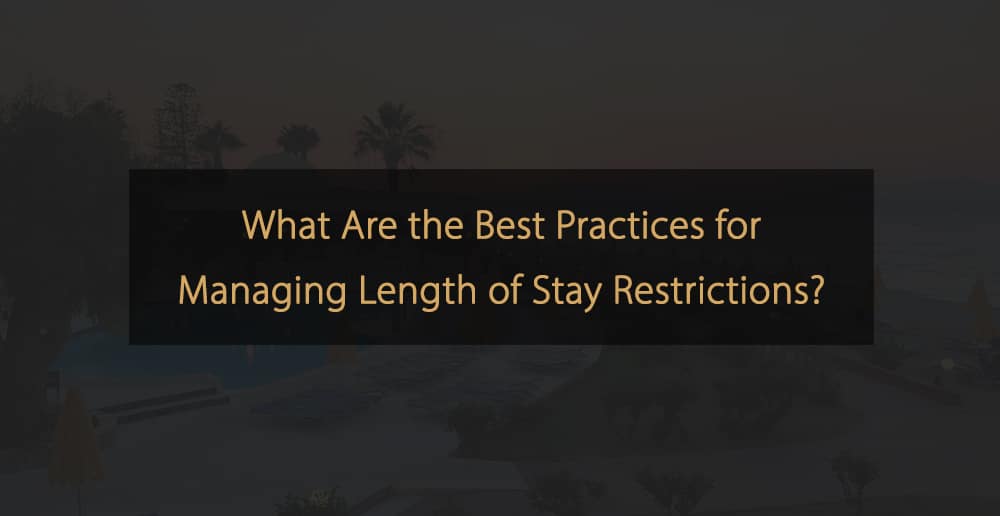

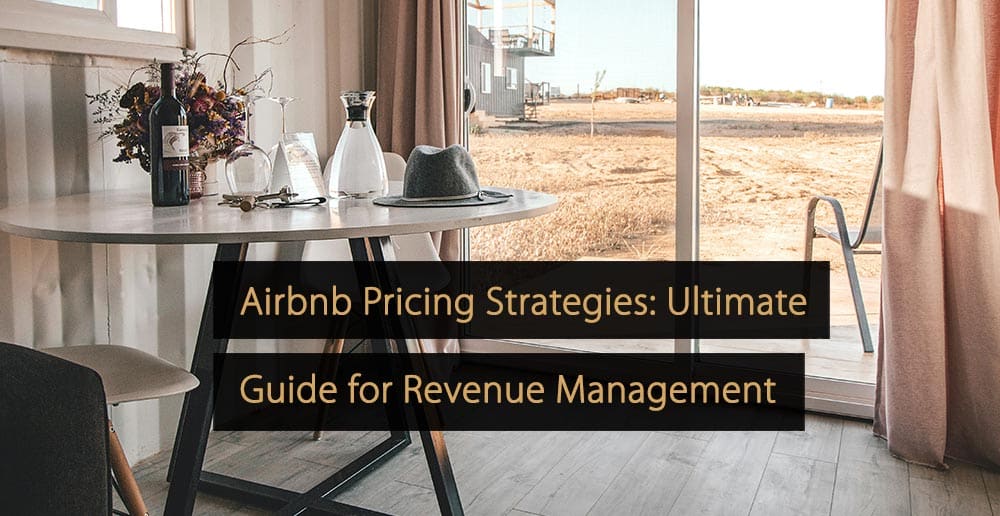
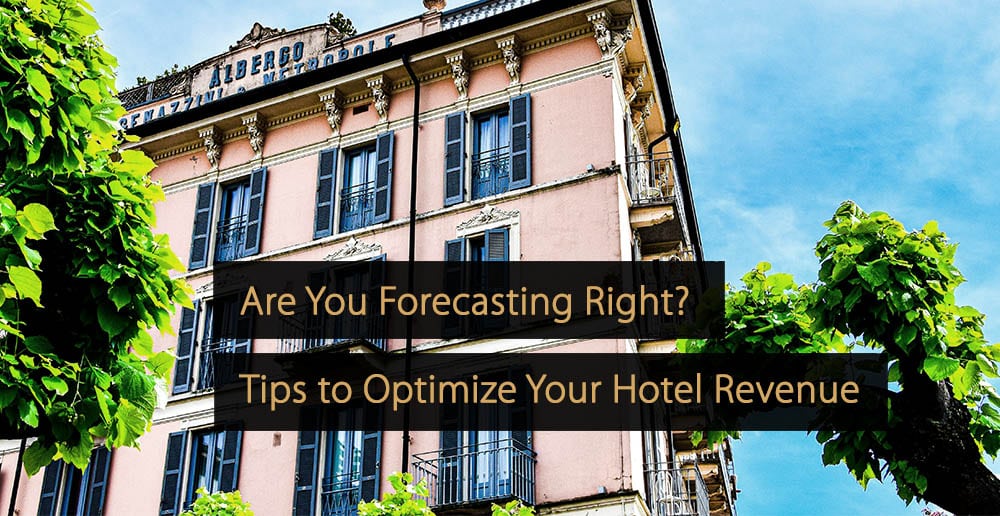
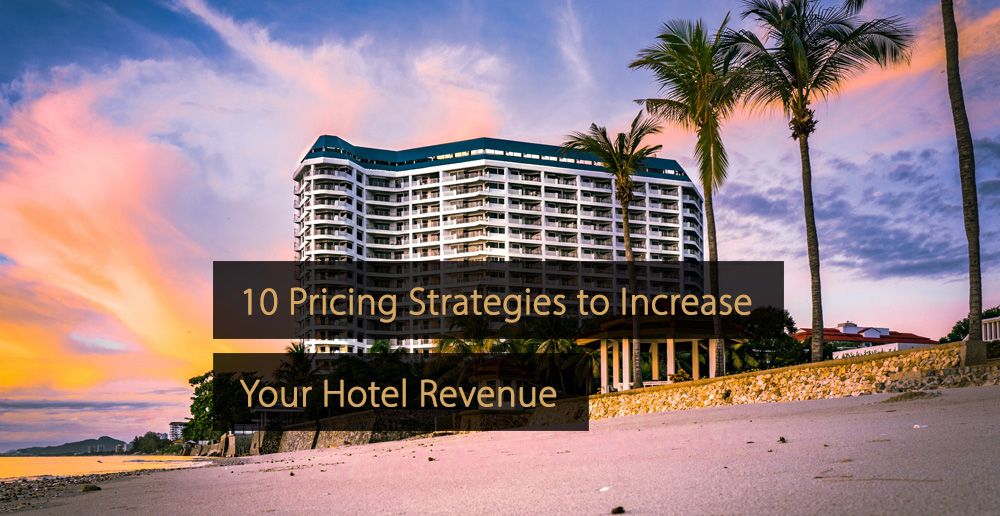
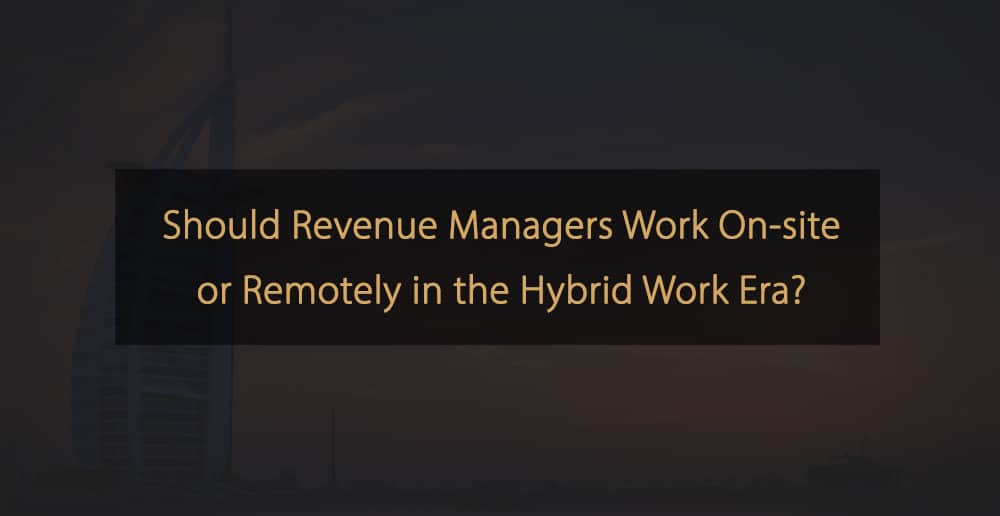
Leave A Comment